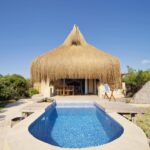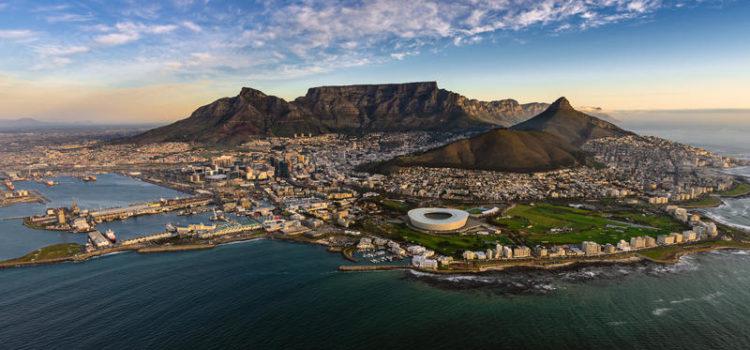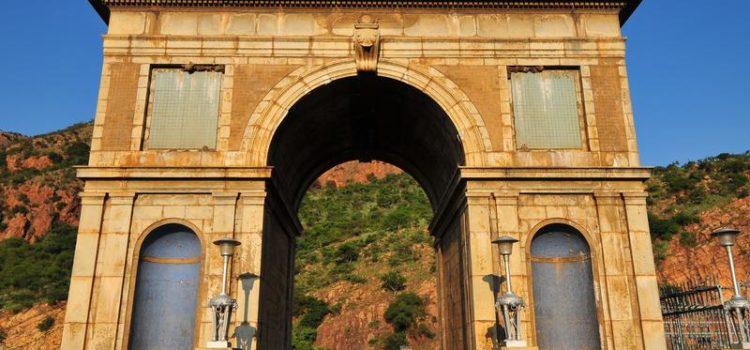Botswana is a land of amazing variety, dramatic landscapes and unforgettable safari destinations. Botswana’s great rivers—the Chobe, the Linyanti and the Kwando—are teeming with herds of elephants and packs of wild dogs known as the “painted wolves” of Africa. Herds of zebra, wildebeest, and other mammals migrate in the Makgadikgadi & Nxai Pans National Park searching for stable water and food supplies. The world’s largest inland delta, the Okavango Delta, is located in the northwest of Botswana, its lush beauty and its abundant supply of wildlife and birds standing in stark contrast to the Kalahari Desert, while a large saltpan called the Makgadikgadi Pan, lies in the north. Most of Botswana’s population lives in the more hilly eastern side of the country. Botswana’s infrastructure is excellent and it is a very safe destination, where the country’s policy of low-impact, higher cost tourism has ensured the wilderness remains pristine and exclusive.
Read More
Landlocked, sparsely populated and semi-arid, Botswana is about the same size France and slightly smaller than Texas. Botswana is predominantly flat – tending toward gently rolling tableland – bounded by Namibia, Zambia, Zimbabwe, and South Africa, and dominated in the western part of the country by the great Kalahari Desert, which covers roughly 70 percent of its land surface. At Kazungula, four countries – Botswana, Zimbabwe, Zambia and Namibia – meet at a single point mid-stream in the Zambezi River.
For visitors interested in stepping back in time and meeting some of Botswana’s most fascinating people, the desolate Central Kalahari Game Reserve is home to one of the world’s most rapidly disappearing indigenous populations, the Kalahari Bushmen, who listen to dissonant music and dance a dance seemingly as old as the land itself.
Fast Facts
Travel Information
Regions
Kgalagadi Transfrontier Park
Straddling the border of South Africa and Botswana, the Kgalagadi Transfrontier Park is known as one of the jewels of the desert featuring an expansive wilderness scattered with grasslands and red dunes. For a different type of wildlife experience, many tourists head to this northwestern corner of South Africa, where the
Okavango Delta
Situated in the northwestern corner of Botswana, the Okavango Delta is a World Heritage Site as it is the largest inland delta in the world. The magnificent Okavango River sprawls out over the dry sands of the Kalahari Desert forming this flourishing waterlogged oasis featuring countless meandering waterways and crystal clear
Reviews
An Incredible Time

Southern Sky Adventures did a great job helping us to plan our trip to Africa. They covered all of the details—everything from flights and accommodations to safari essentials to in-country cell phone service to restaurant and activity recommendations. Richard even managed to make suggestions on how four women should not over pack…though we did not listen to those! We had an incredible time—I’m ready to go back!



 Mokoya Lodge
Mokoya Lodge Magaliesberg Mountains
Magaliesberg Mountains